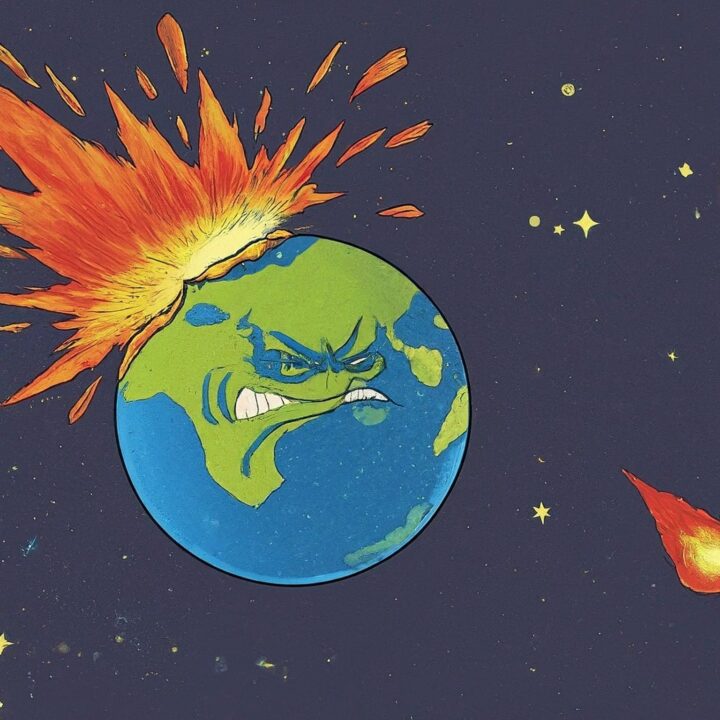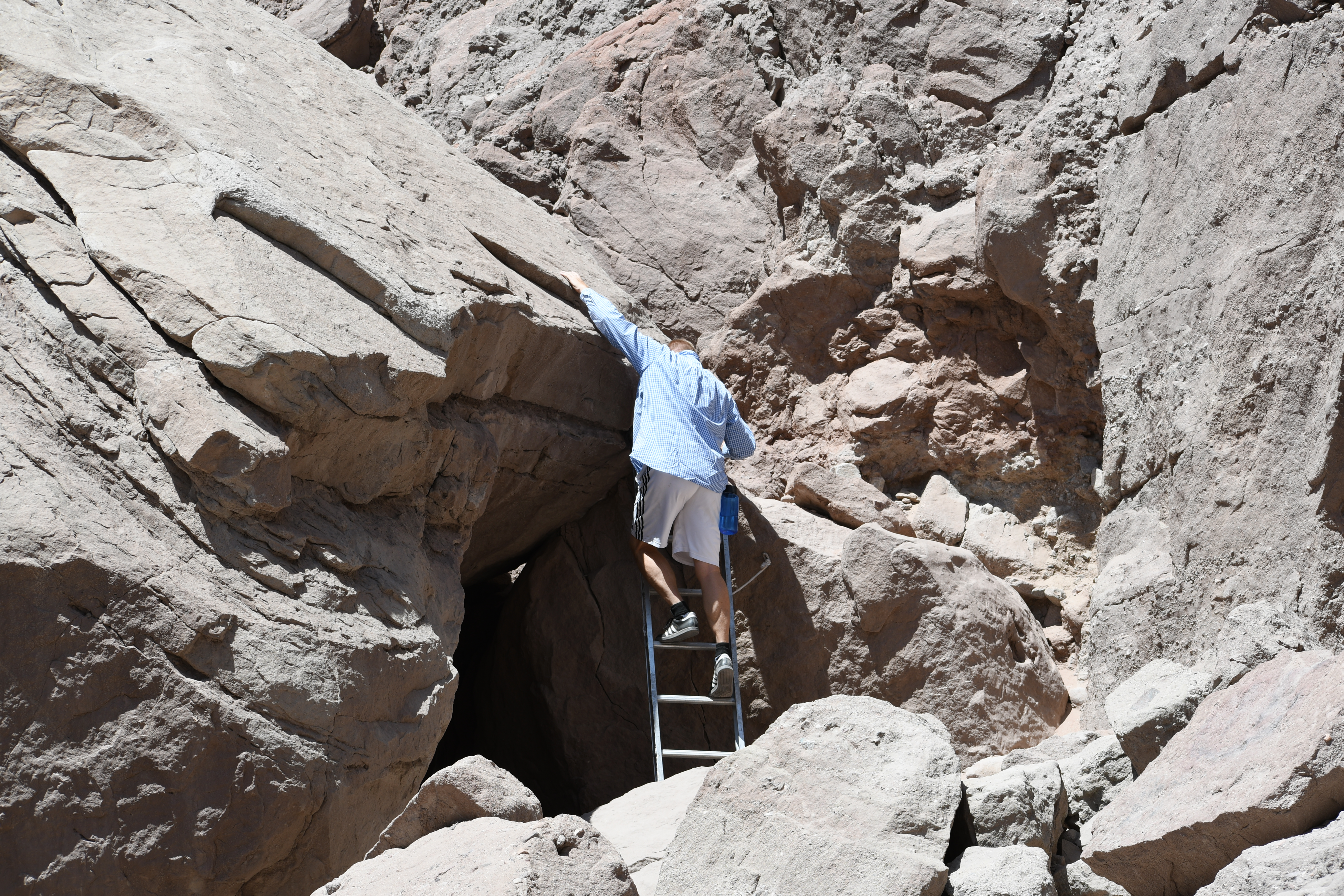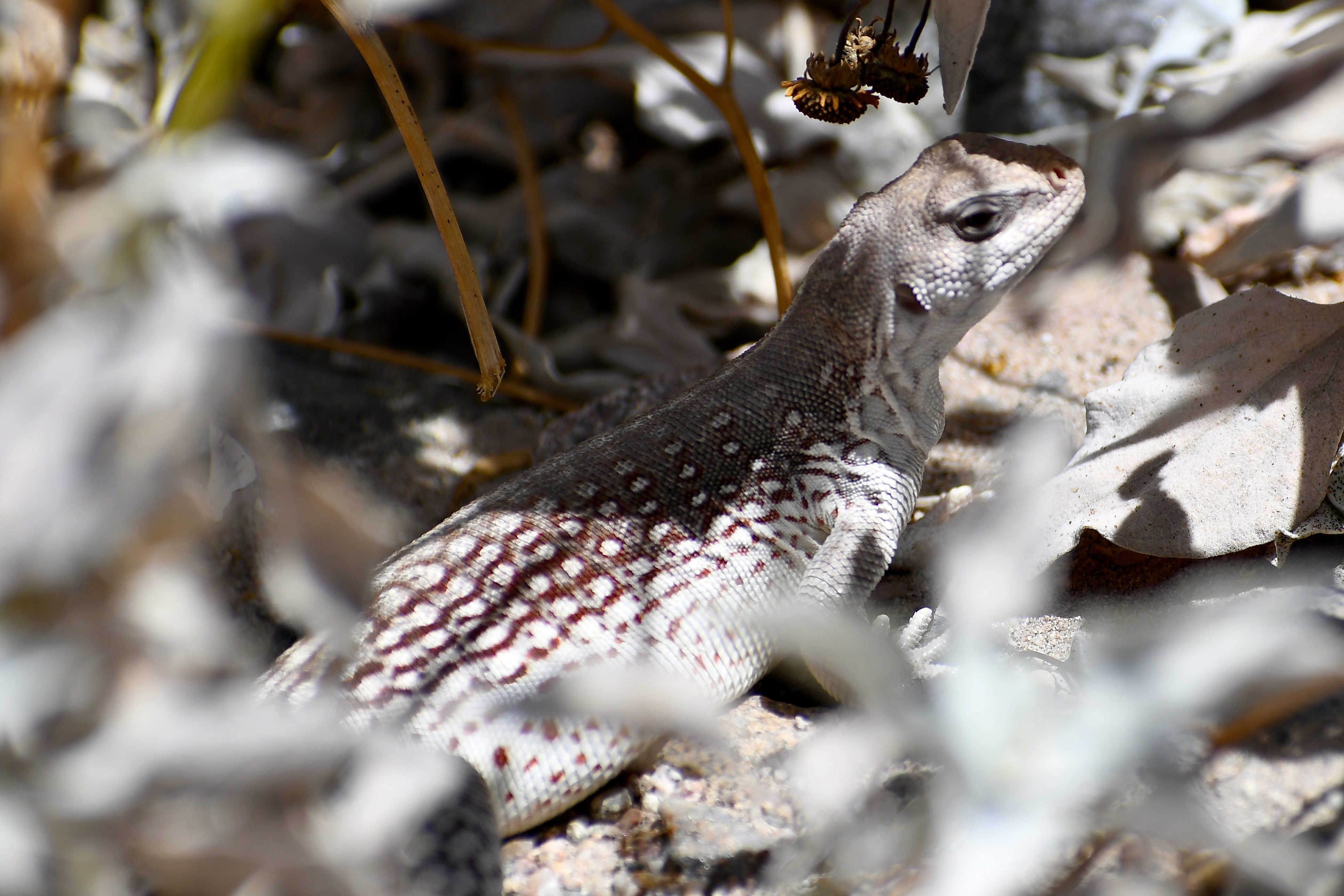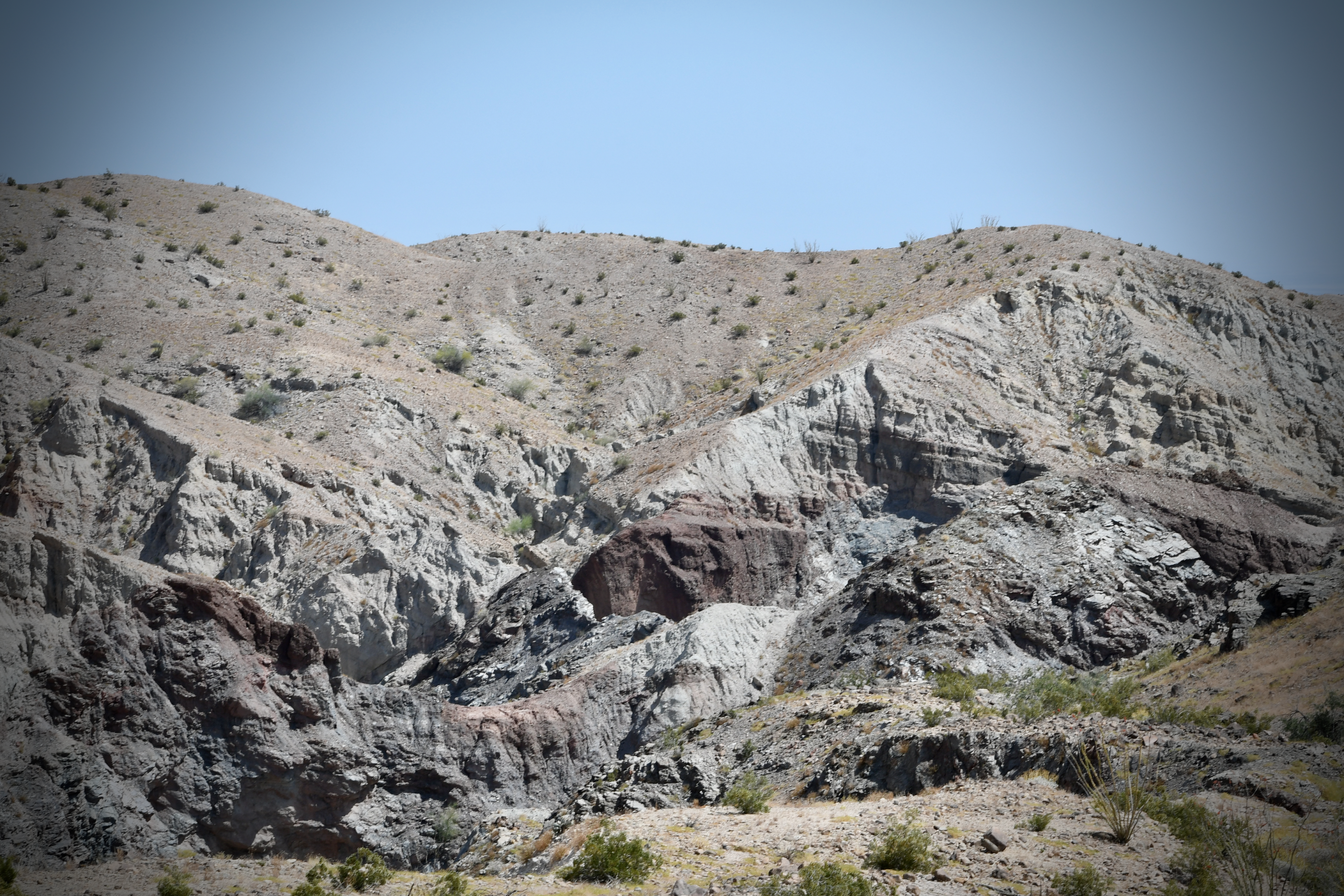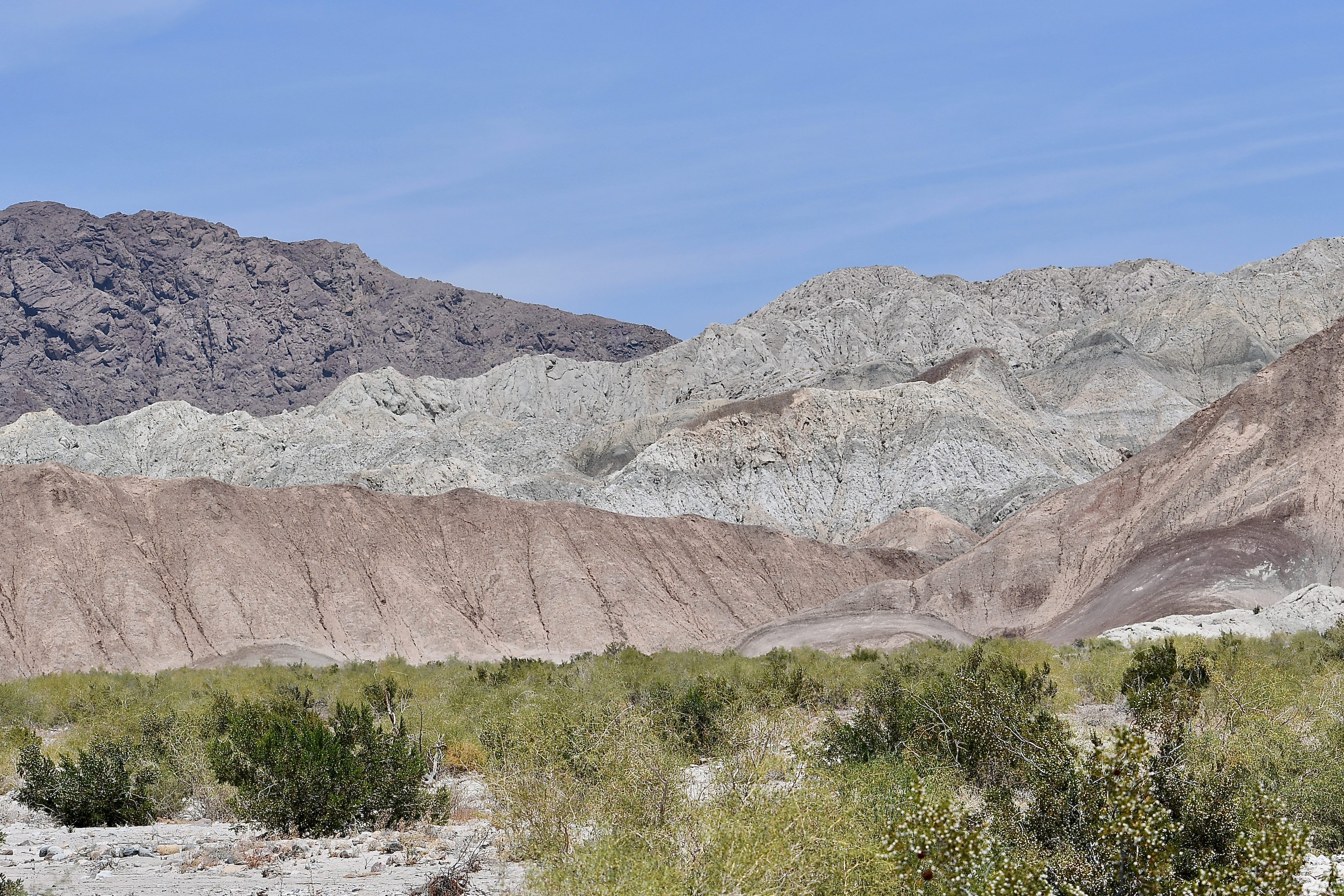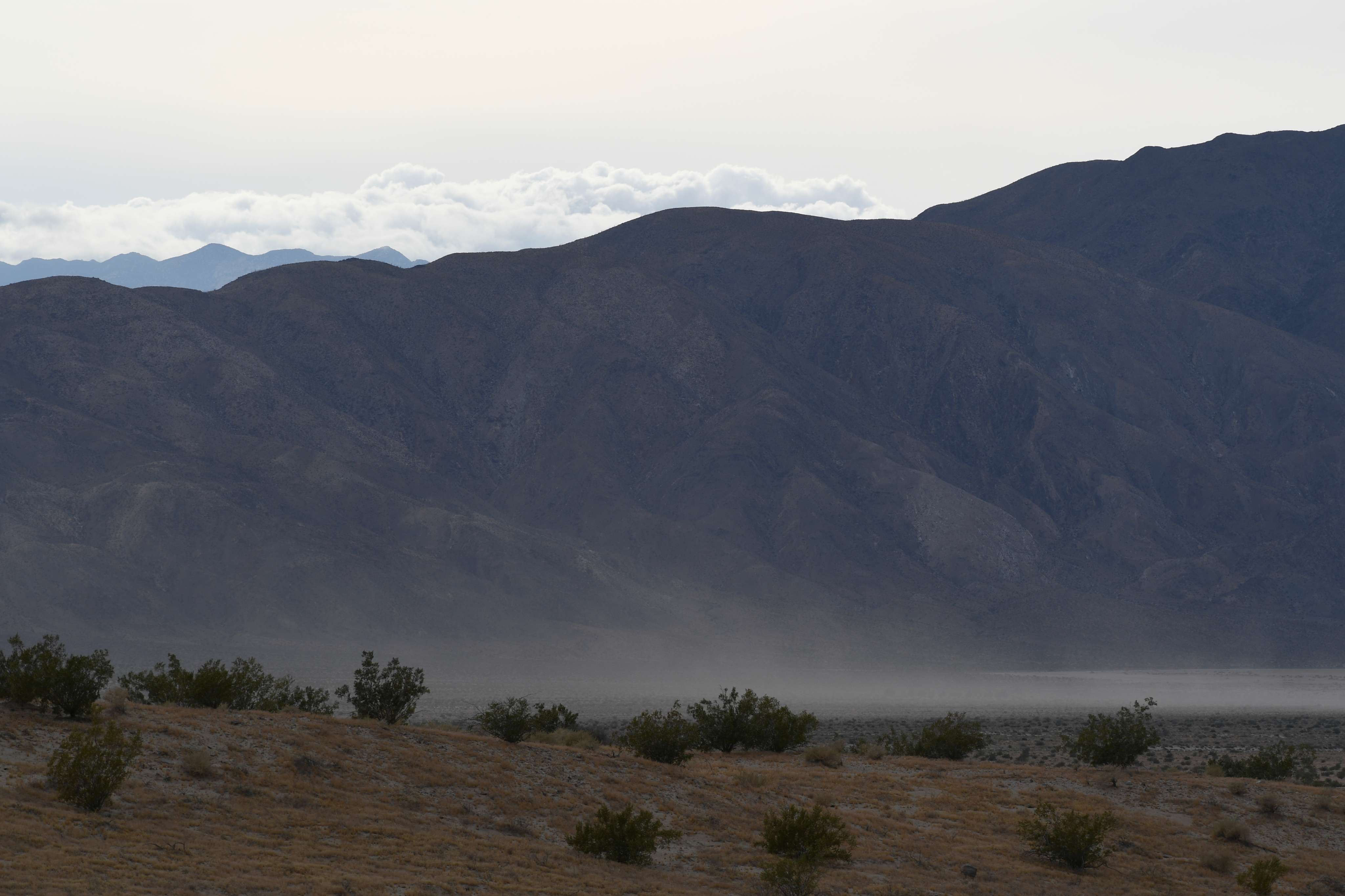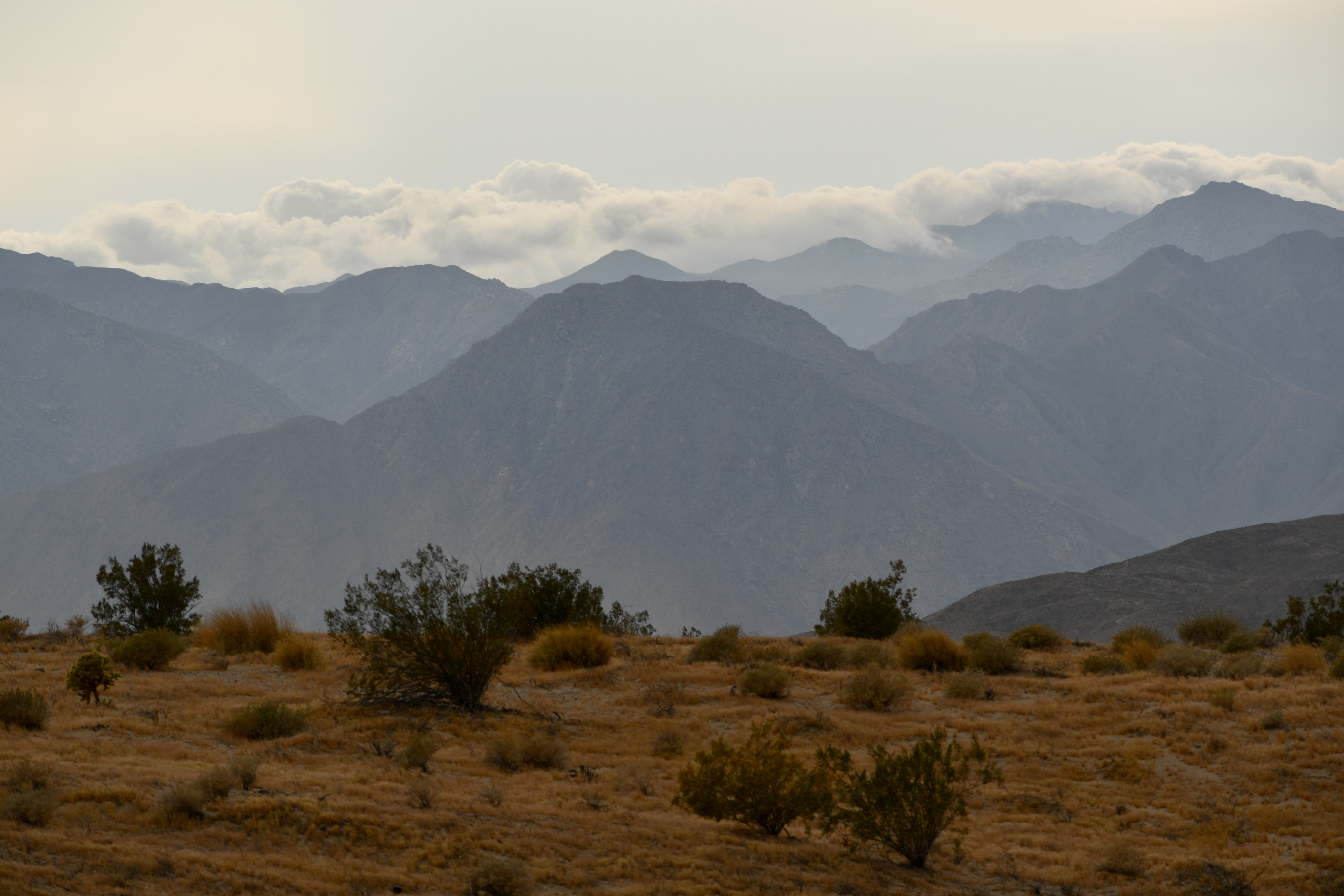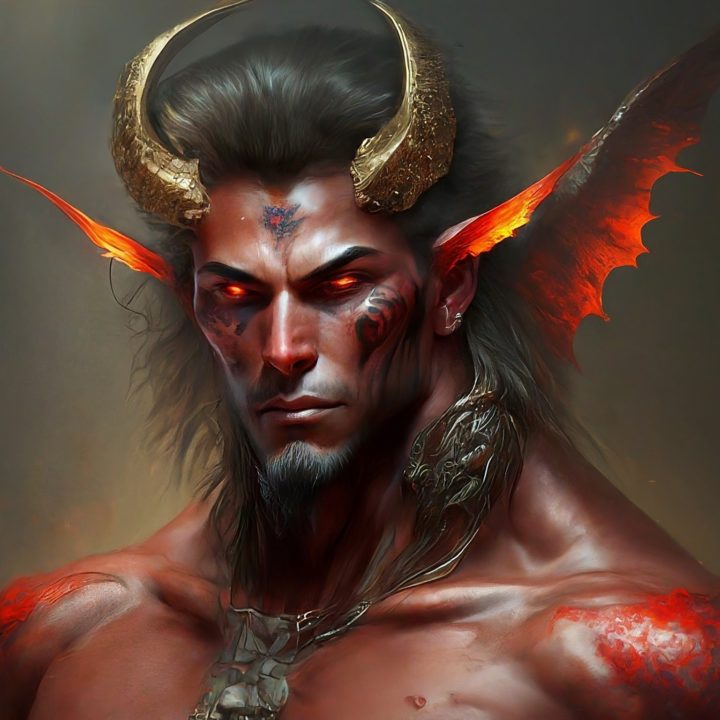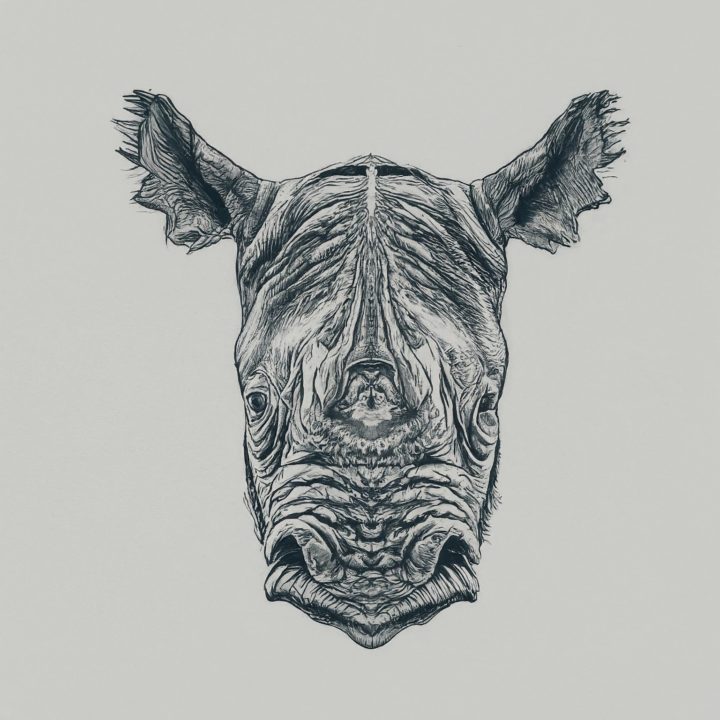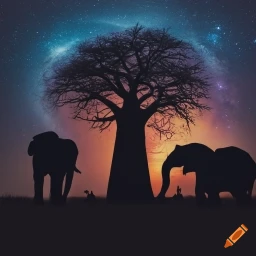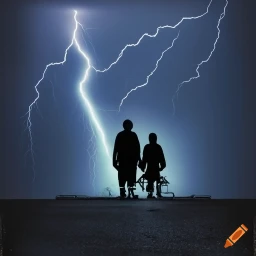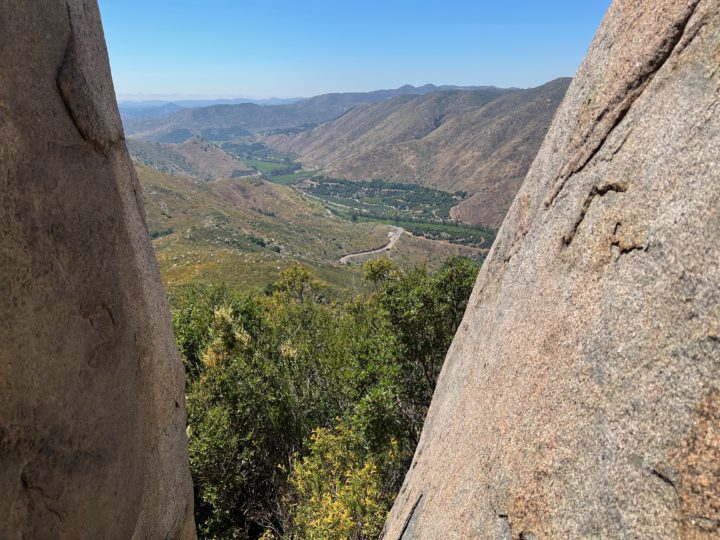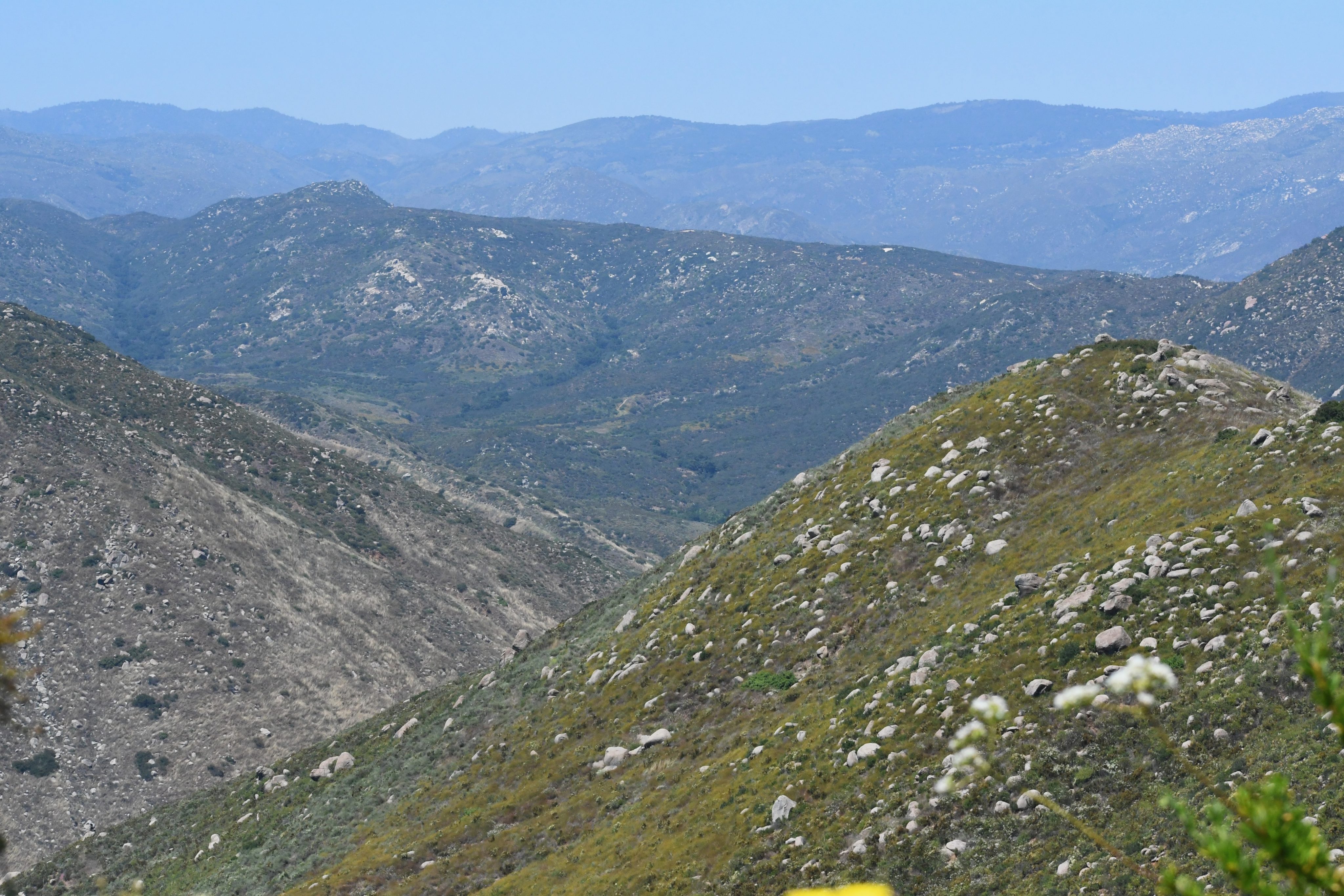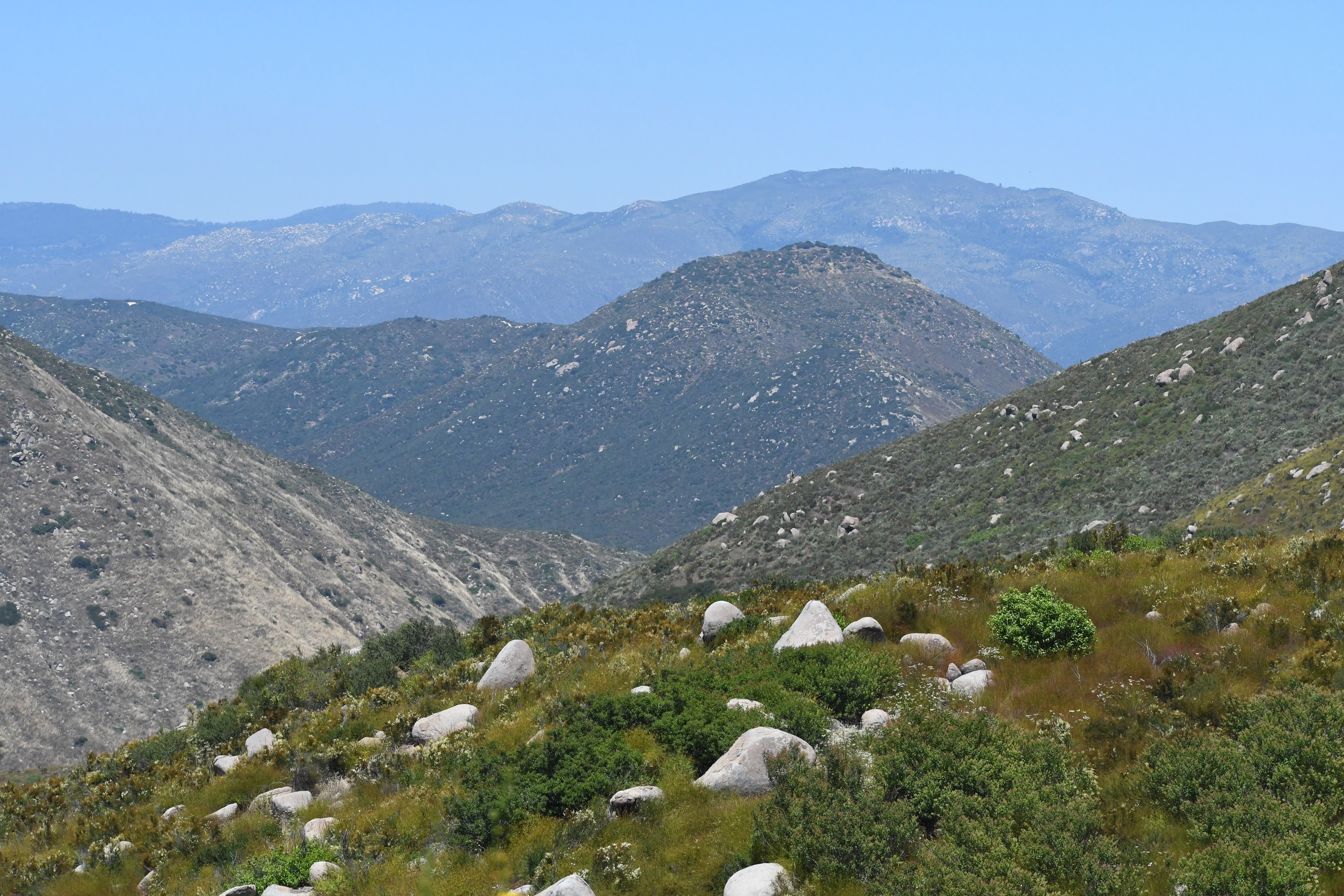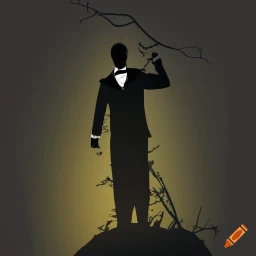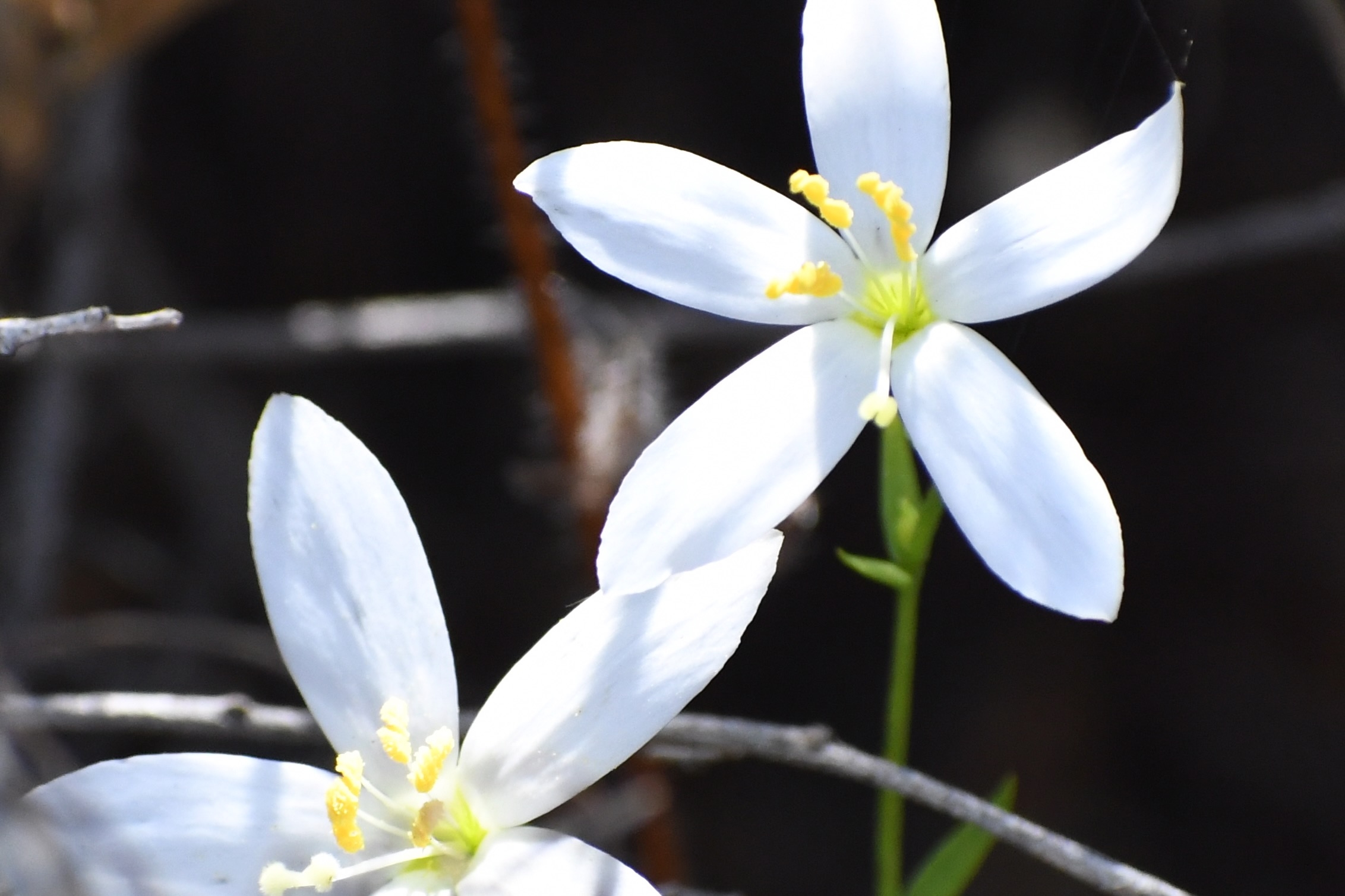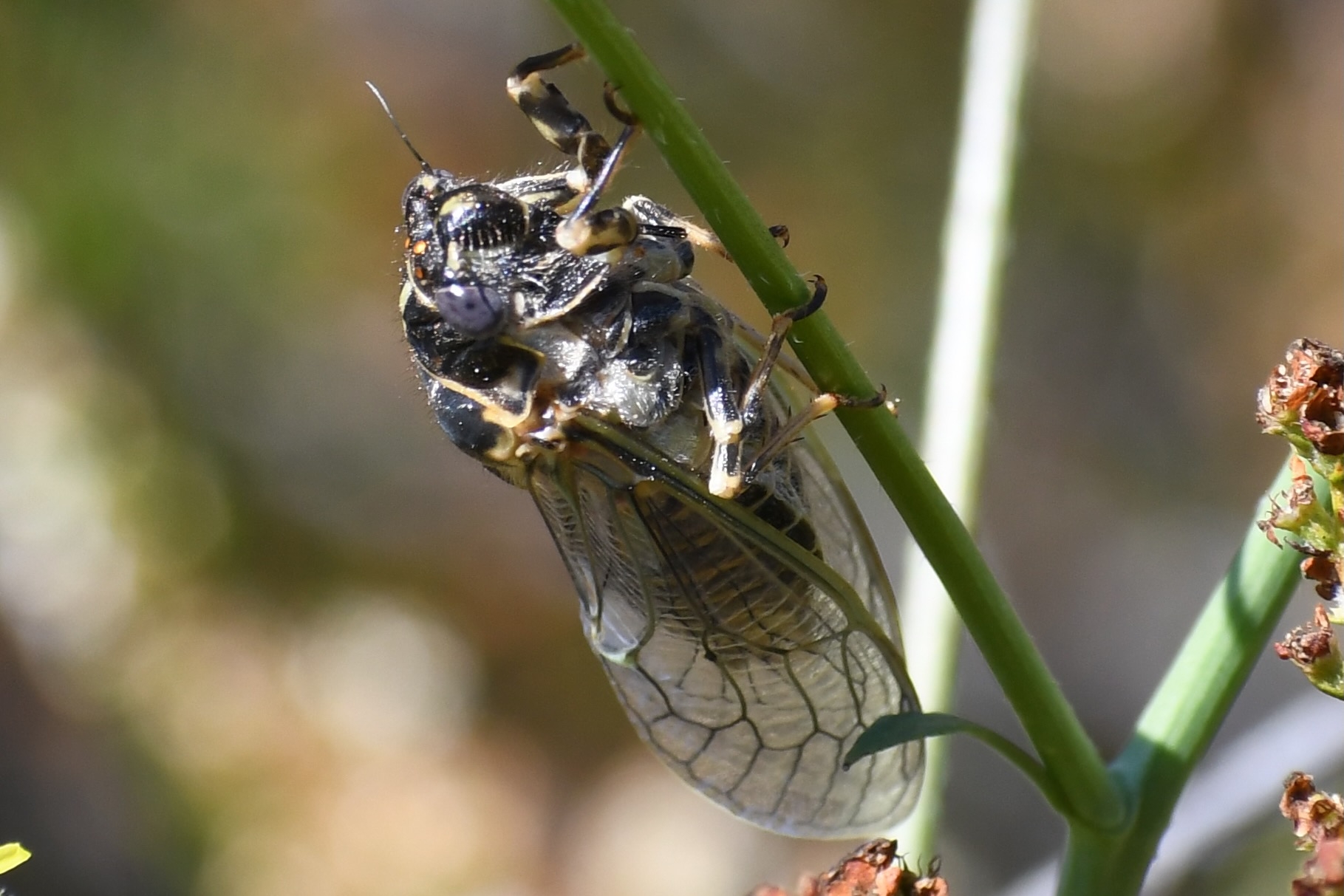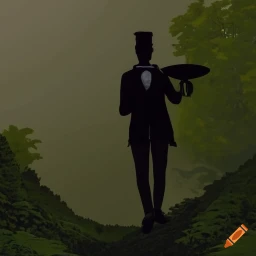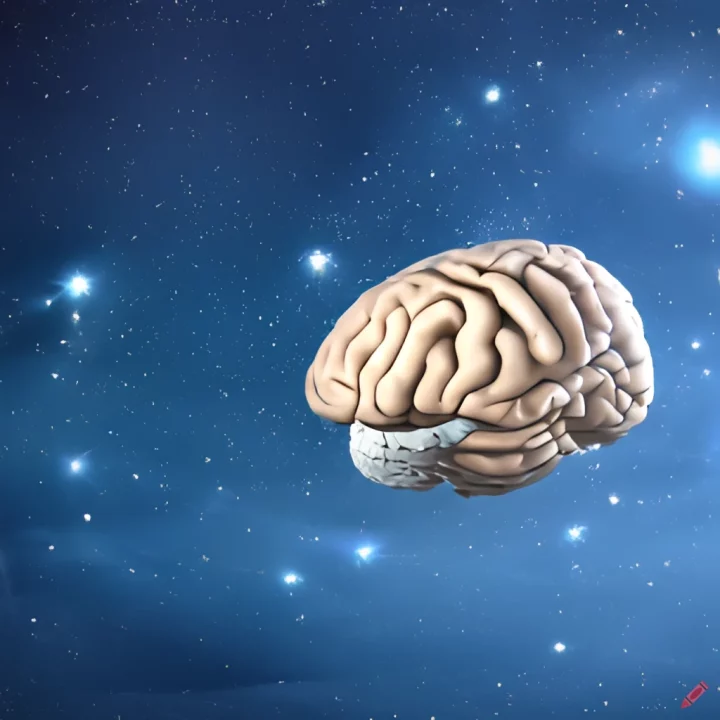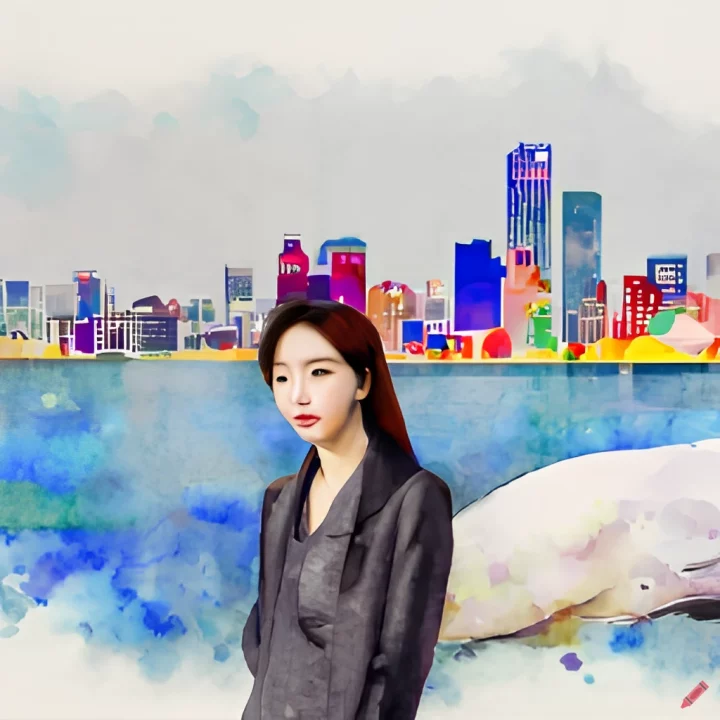Author’s Note 1: Spoiler alert. The discussion below will reveal elements of the plot, although I think it is one of those books where I could tell you everything, and it would still take two readings and watching the Netflix series to digest it all. Even ChatGPT mixed up the Arcadios and Aurelianos and forgot significant characters here and there.
Author’s Note 2: ChatGPT and I collaborated on this work. Well, it was more of an argument, really, one that I initially lost. I didn’t like the word solitude from the start, but ChatGPT convincingly rejected my first suggestion to use isolation. I finally settled on alienation as the better word, and we collaborated smoothly from then on. Does working alone with ChatGPT count as solitude?
Solitude as Alienation
Solitude often suggests peaceful reflection or purposeful withdrawal, but in Gabriel García Márquez’s One Hundred Years of Solitude, it takes on a darker meaning. Solitude becomes alienation—a profound loss of identity, connection, and meaning. This alienation affects individuals and communities, inhibiting emotion and fostering a sense of unreality.
This theme shapes the Buendía family and Macondo, the town they establish. Macondo is more than a setting; it evolves alongside the family, mirroring their rise and fall. The town’s trajectory—from utopian beginnings to ultimate destruction—reflects the collective alienation of its citizens under the pressures of progress, history, and exploitation. Magical realism deepens this theme, blending the ordinary with the extraordinary to highlight how alienation defines both personal and communal destinies.
Magical realism acts as a metaphorical framework for the myths humanity creates to interpret the world. For instance, the clattering bones and the stench from the cemetery suggest that the past is inescapable—it cannot be buried or forgotten. The ascension into heaven reflects the belief that beauty equates to divinity or moral superiority. Unbound fecundity symbolizes the arbitrary nature of fortune and poverty, offering a mythological explanation for social and economic disparities. These myths weave together Macondo’s political, technical, and social forces, connecting them to the intimate, day-to-day lives of the characters.
Macondo as Protagonist
From its inception, Macondo reflects the aspirations and eventual disillusionment of the Buendía family. Founded by José Arcadio Buendía in an untouched paradise, the town’s early years are marked by magical events, symbolizing its idealism and creativity. However, as progress, politics, and imperialism encroach, Macondo descends into alienation and decay.
The banana company’s arrival and the ensuing massacre mark a turning point, pushing Macondo toward collapse. Relentless rains, floods, and its ultimate destruction by a hurricane symbolize its estrangement from its origins and inevitable demise. Macondo’s journey mirrors a civilization’s rise, exploitation, and fall, making it a central character in the novel.
The Buendía Family and Their Alienation
The Buendía family’s struggles with identity and connection parallel Macondo’s decline. Each character embodies a different facet of alienation:
- José Arcadio Buendía: Obsessed with knowledge, he retreats into madness, mirroring Macondo’s disconnection from its founding ideals.
- Úrsula Iguarán: The family matriarch resists alienation for decades but succumbs to blindness and the weight of her family’s repeated mistakes. Her death signals Macondo’s irreversible decline.
- Colonel Aureliano Buendía: Disillusioned by war and his failed legacy, the colonel isolates himself, crafting golden fishes in endless repetition. His solitude reflects Macondo’s fragmented society and corrupted history.
- Remedios Moscote: She dies suddenly during childbirth, her death symbolizing the fragility of innocence and the brevity of happiness in Moscote and the Buendía family’s history.
- Amaranta Buendía: Consumed by guilt and unfulfilled love, Amaranta weaves her funeral shroud, symbolizing Macondo’s inability to adapt to change.
- José Arcadio (the son): His greed and detachment reflect Macondo’s exploitation during modernization. His violent death underscores the town’s moral decay.
- Rebeca: An outsider by origin, Rebeca’s self-imposed exile mirrors Macondo’s decline into isolation and decay.
- Pilar Ternera: Though physically isolated, Pilar’s clairvoyance connects her to Macondo, tempering her alienation with wisdom.
- Arcadio: As a brief tyrant, Arcadio’s cruelty mirrors Macondo’s darker periods of exploitation. His death symbolizes the rejection of oppressive forces.
- Santa Sofía de la Piedad: Her quiet endurance contrasts with the chaos around her. Her eventual departure signifies the futility of resisting Macondo’s decline.
- Remedios the Beauty: Isolated by her beauty, she transcends earthly concerns, symbolizing Macondo’s fleeting potential for innocence and purity.
- Fernanda del Carpio: Her rigid traditionalism alienates her from Macondo’s vibrant spirit. Her unnoticed death reflects the erasure of imposed values.
- Aureliano Segundo: Obsessed with excess, he represents Macondo’s unsustainable prosperity during its peak, mirroring its eventual collapse.
- José Arcadio Segundo: Haunted by the banana massacre, his isolation stems from Macondo’s collective denial of its history.
- Meme: Silenced after her exile, Meme’s enforced alienation reflects Macondo’s muted existence after the banana company’s abandonment.
- The Last José Arcadio: Selfish and detached, his murder by local children underscores Macondo’s final moral and social collapse.
- Amaranta Úrsula: Returning with hope, she struggles against Macondo’s decay. Her tragic death during childbirth seals the family’s doom.
- Aureliano (Meme’s child): Raised by nuns and never acknowledged by his family, Aureliano embodies the final severance of the Buendías from their lineage and legacy. His alienation is deeply tied to Macondo’s demise—his death marks the erasure of the Buendías and the town itself.
- Pigtail Aureliano: Born of incest, his alienation culminates in the family’s erasure. His death—devoured by ants—symbolizes the Buendías and Macondo’s end.
Conclusion: Alienation and Macondo’s Evolution
Through Macondo and the Buendía family, Márquez explores alienation as a central element of human existence. The town and its inhabitants mirror each other’s struggles, evolving together in a cyclical pattern of hope, exploitation, and decline. Magical realism intensifies these themes, transforming their alienation into the tragic and transcendent.
Macondo’s story is a powerful metaphor for the rise and fall of civilizations, highlighting the fragile balance between connection and solitude, progress and decay. The novel’s exploration of alienation offers profound insights into history, identity, and the human condition.

